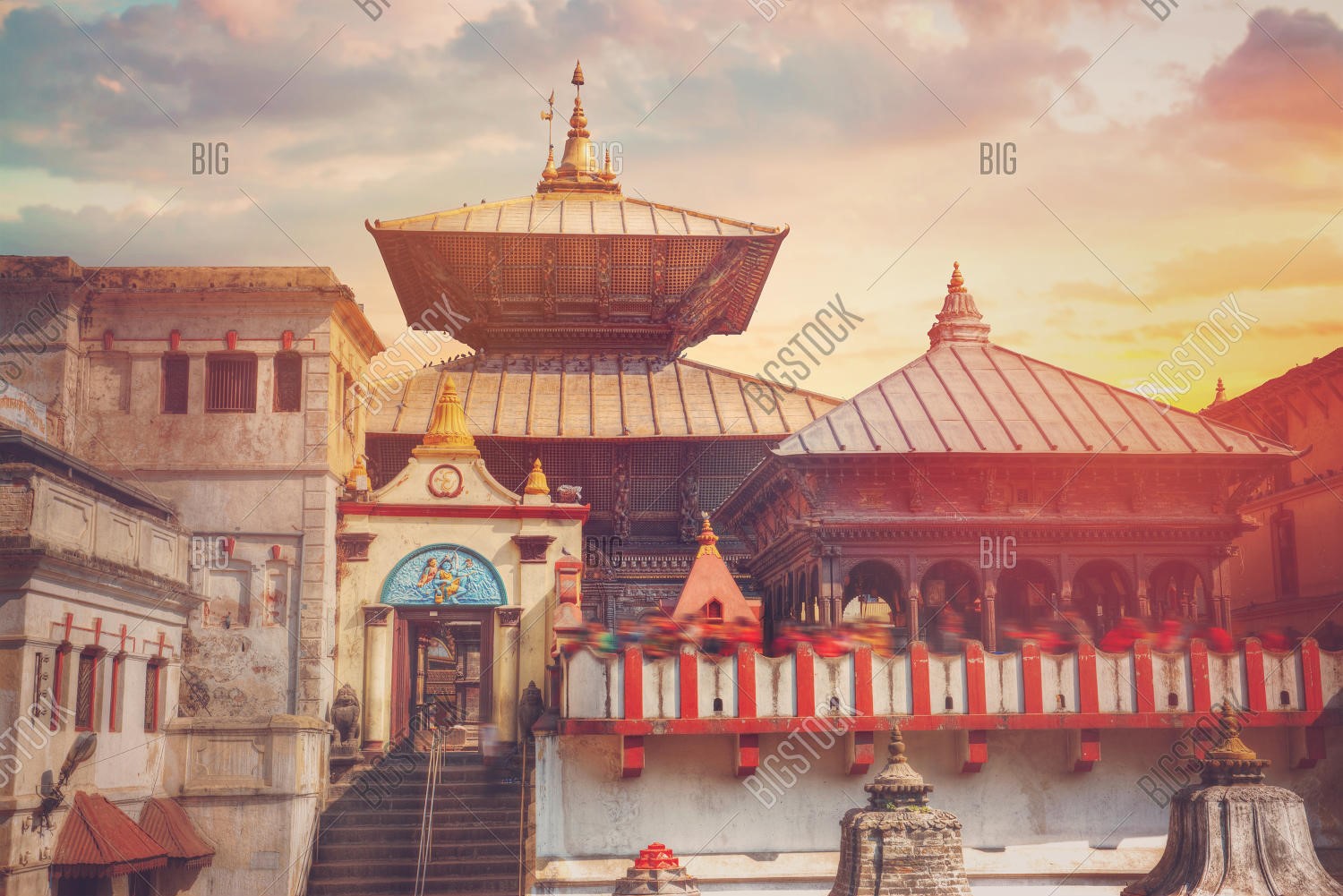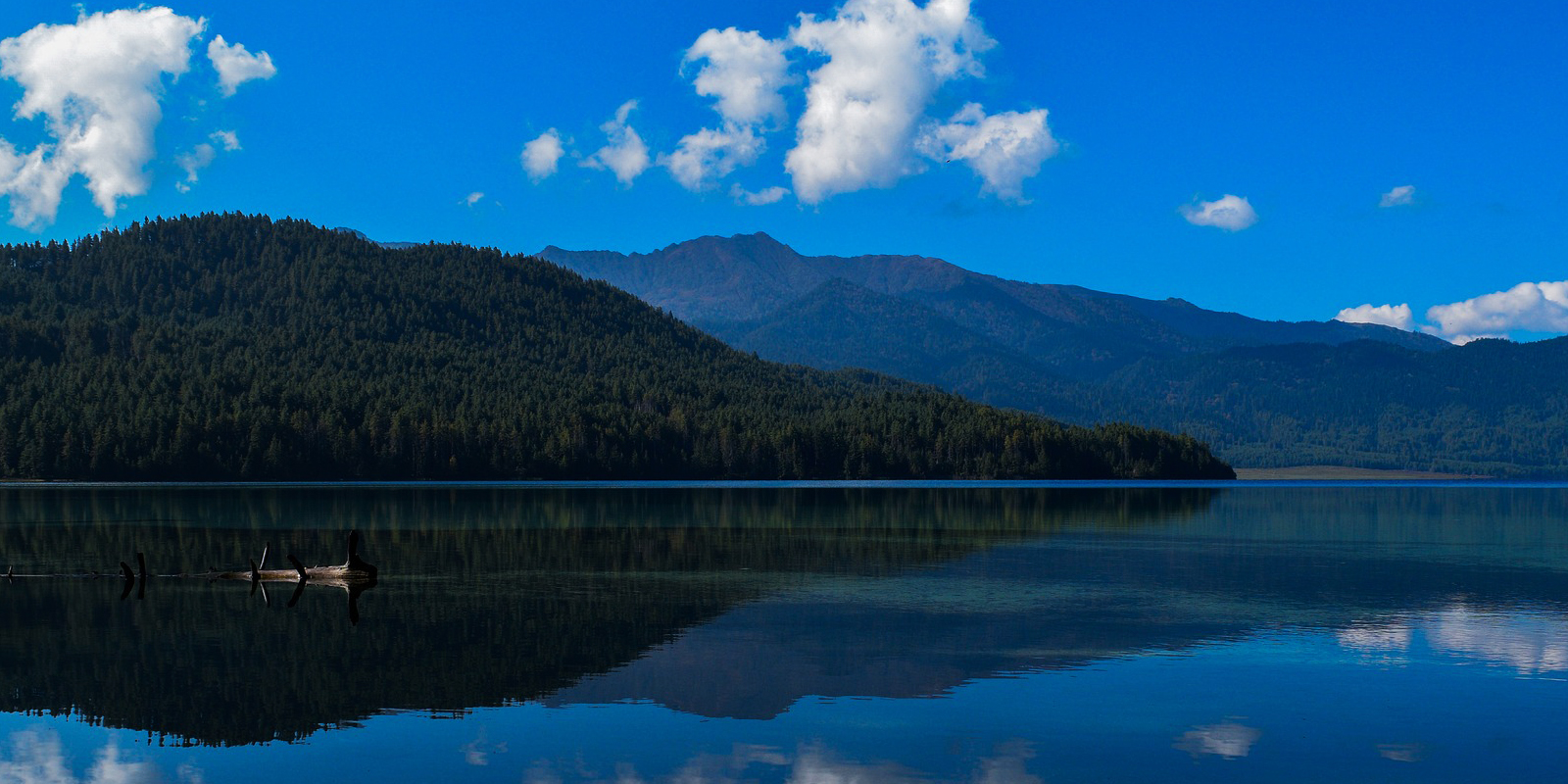
Sat,9 November 2024

Rara National Park is a protected area in the remote northwestern region of Nepal. It is named after Rara Lake, the largest lake in Nepal, which is located within the park's boundaries. Established in 1976, the park covers an area of approximately 106 square kilometers (41 square miles) and is known for its pristine natural beauty, unique ecosystem, and rich biodiversity. Here are some key features and information about Rara National Park:
Geography and Location: Rara National Park is situated in the remote Mugu and Jumla districts of northwestern Nepal, near the border with Tibet. It is part of the Himalayan region and includes the Rara Lake at its center.
Rara Lake:
Rara Lake is the centerpiece of the national park. It is a stunning alpine lake with crystal-clear waters, surrounded by dense forests and snow-capped peaks. The lake's serene environment and the reflection of the surrounding landscape in its waters make it a breathtaking sight. Rara Lake covers an area of about 10.8 square kilometers, making it the largest lake in Nepal by surface area. Its maximum depth is around 167 meters (548 feet). The serene environment and reflection of the surrounding landscape in the lake make it a photographer's paradise
Biodiversity: The national park is home to a variety of flora and fauna. The surrounding forests consist of pine, juniper, and rhododendron trees. Wildlife in the park includes musk deer, Himalayan tahr, red panda, snow leopard, and various species of birds. The park is particularly known for its rich birdlife.
Trekking: Rara National Park is a popular trekking destination, offering visitors a chance to explore the pristine wilderness of the region. The trek typically starts from the town of Jumla and takes several days to complete. Trekkers pass through remote villages, forests, and high-altitude meadows, providing an opportunity to experience the local culture and natural beauty of the area.
Cultural Heritage: In addition to its natural beauty, the region surrounding Rara National Park is inhabited by various ethnic communities, including the Thakuris and Rokayas. Visitors can interact with these communities and experience their unique culture and traditions.
Climate: The climate around Rara Lake can be quite cold, especially at night, even during the summer months. Snowfall is common in the winter, making the region inaccessible during that time.
Permits: Visitors to Rara National Park are required to obtain permits, including the Rara National Park entry permit and a TIMS (Trekkers' Information Management System) card. These permits are typically arranged through a registered trekking agency.